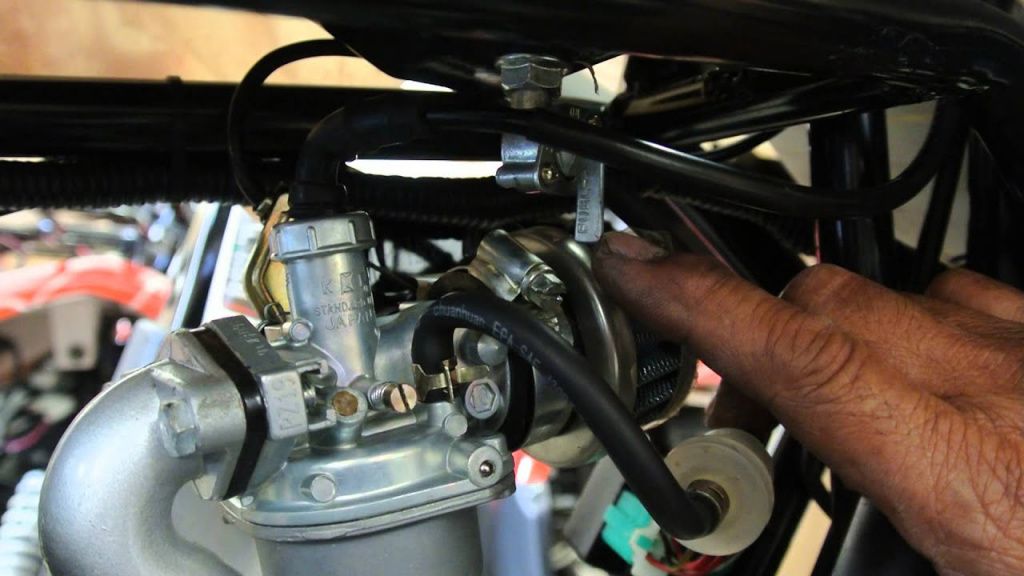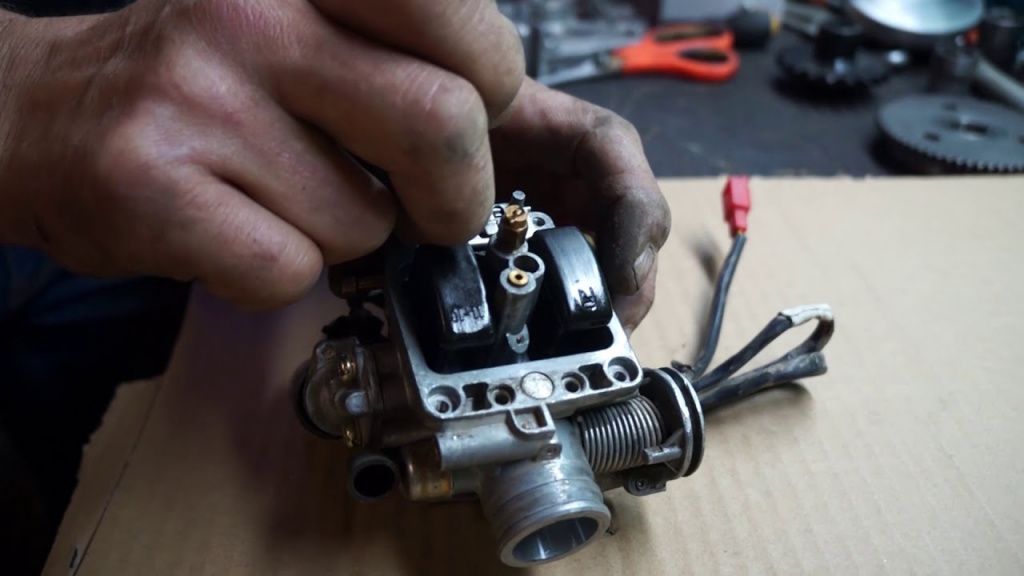Why Is an ATV Leaking Gas and How to Fix It?
Noticed a puddle of gas under your ATV? While it’s not particularly fun to see, you should take heart that the most likely causes of gas leaking have relatively simple fixes.
THE MOST COMMON CULPRITS FOR GAS LEAKAGE

The most likely culprits for gas leakage are the gaskets, fuel lines, and seals. If you visually inspect the bottom of your vehicle, you should be able to see which of these components is causing your trouble.
The first spots to check for leaking gas are the carburetor overflow, fuel switch, carburetor drain, and fuel bowl. Clean up your vehicle and kill the fuel lines. Start up the fuel line again, and check the overflow first. Keep your eye on the carb, too, as you might notice the leak appearing there. If you have a significant leak, it won’t take long for gas to start pouring out at a rapid pace.
IS IT THE FUEL SHUTOFF VALVE OR FUEL LINES?

Just about every quad has a fuel cutoff switch below the gas tank. In some cases, this valve begins to leak, and you need to rebuild it using a kit or replace it.
If there’s no leak there, work your way down the fuel lines. If they remain dry, there’s no leak there. If you do find a leak, it’s simply a case of replacing the fuel line with a new one.
A great day outside should start with a properly running engine and a solid off-road outfit. Discover top-of-the-line waders & boots combos for mud heroes and off-road enthusiasts.

LEAKS FROM THE CARB BOWL
If the bottom of the carb is wet with gas, you probably need a new seal. But first, make sure the drain plug is correctly tightened.
If the leak is instead coming from the fuel overflow pipe of the carb, something else is afoot inside the carburetor, and you’ll need to perform further troubleshooting.
LEAKS FROM THE CARB FUEL OVERFLOW

There are a few possibilities for why fuel is being expelled from the carb fuel overflow. Interestingly, if your fuel tank vent is blocked or not working, then this will cause air pressure to build up, forcing fuel into the carb. This excess fuel eventually gets pushed out of the overflow pipe.
The easiest way to test whether the issues can be a blocked tank vent is to take off the gas cap and wait 5-10 minutes. If the leak stops, you’ve found your culprit. It’s usually relatively easy to fix this issue by cleaning the ATV or replacing the gas cap.
Another top reason for leaks from the carb fuel overflow is a stuck carburetor float. The carb float works to regulate the flow of fuel into the carb bowl through a simple mechanism. But if it gets stuck in an open position, fuel will keep pouring into the bowl to the point it overflows through the fuel overflow.
There are a few potential fixes for a stuck carburetor float before you take your carb apart:
- Blow compressed air through the carb bold drain hole
- Tap the carb bowl lightly with the rear end of a screwdriver
- Add carb cleaner to your fuel
Otherwise, you can take the ATV’s carb apart, clean it, and repair any issues you find. Taking apart a carb is not a job to be taken lightly, and it may make sense to get your carb repaired at a service center.
INCORRECTLY SET FLOAT HEIGHT

Gas leakage can be a result of the carb float being set at the incorrect height. Setting the carb float height incorrectly will simply waste gas and cause leakage. You can check your manufacturer’s service manual for the correct level to set the carb.
If your leak has come on suddenly, it’s unlikely to be the float height unless you’ve recently been working on the carb for other reasons.
LEAKS FROM THE CARB BOWL GASKET

Another reason for leaks at the carb can be the gasket that sits between the carb housing and the carb bowl. This gasket can become damaged when you open up the carb bowl, or it can go bad from wear and tear.
Replacing the carb bowl gasket requires taking off the carb and disassembling it. It’s not an expensive procedure as you’re only replacing a gasket, but it can take some time, and you need to be careful not to damage any of the other delicate carb elements when doing it.

